Portrait of the Kennedys
Never-before-published photographs reveal a personal side to the first family
/https://tf-cmsv2-smithsonianmag-media.s3.amazonaws.com/filer/avedon631.jpg)
On the night of September 26, 1960, John F. Kennedy faced off against then-Vice President Richard Nixon in the first televised presidential debate.
Viewer consensus held that Kennedy won. But why? Was it because he was so photogenic? Was it the dark navy blue of his suit against the grainy gray of Nixon's? Or was it his young, handsome face? We may never know for sure, but from this point on, Americans became accustomed to seeing Kennedy—and his family—everywhere: on television, on the front page of newspapers and on covers of almost every magazine.
Some Kennedy images remained out of the limelight, however. And this month, about 200 never-before-published photos of the most famous first family have been released in a new book, The Kennedys: Portrait of a Family, by Shannon Thomas Perich, associate curator of photography at the Smithsonian National Museum of American History. The Kennedys gives Americans a view of the family in photos, hidden from the public eye for almost 46 years.
During her husband's presidential campaign, Jackie formed a relationship with fashion editor Diana Vreeland of Harper's Bazaar. Vreeland advised Jackie throughout the campaign and helped connect her with fashion designer Oleg Cassini, who became chief designer to the first lady. As a thank you to Vreeland, Jackie offered to allow the magazine to photograph her wearing the pre-inaugural ball gown designed by Cassini.
Harper's Bazaar chief photographer Richard Avedon was assigned the photo session; by this time, Jackie was already a fashion icon and had been photographed by Avedon many times before.
On the morning of January 3, 1961, Avedon and his crew arrived at the oceanfront villa in Palm Beach, Florida, where the Kennedys had spent the holidays. The future 35th president was preparing for his inauguration and getting ready to take on the overwhelming task of becoming America's new leader. Jackie, looking as if she'd shed every pound of baby weight in a little over a month, still glowed after John Jr.'s birth on November 25.
As the session got under way, Avedon captured the Kennedys not as Americans have seen them in thousands of other photographs—sailing on a boat or sitting in a beautiful house, for example—but as just themselves.
"It's just them and their relationships with each other," Perich says. "Avedon has stripped away all of the context that they're used to surrounding themselves with."
In the photos of an energetic Caroline and the president-elect, Kennedy is seen as a father: playful, interactive, relaxed.
"You see him in a tender way that you don't really get to see at any other time," Perich says.
The photos of John and Jackie reveal a very different dynamic than in the photos that show his relationship with Caroline. In the contact sheet photos, Perich explains, you get to see how Jackie attempted to get Kennedy to relax.
"You get to see how he was fixed in who he was and what he was going to be," she says. "She tries to fit in with him, to find her place with him."
In total, only six photographs appeared in Harper's Bazaar. The Associated Press also ran a number of images, but the rest have been kept private until now.
It's not clear whether Avedon knew the importance of publishing these photos when he decided to give them and all the contact sheets from the photo session to Smithsonian in 1965 and 1966 in two donations to the National Museum of American History.
Since Avedon's donation, the photos have been loaned out and have been worked with on a limited basis. Therefore, there are only a handful of people who even knew of their existence. Jackie always tried to limit the photographing of her life and of her children's lives, and Avedon was very sensitive to that.
For years, Perich has given behind-the-scenes tours to visitors of the photographic history collection and has almost always included the Kennedy photos.
"Everybody—young, old—everybody relates to these photographs," she says.
The book's release 44 years after the so-called "Camelot" era shows that Americans' love of the Kennedys hasn't faded with time.
Presidential historian Robert Dallek, author of An Unfinished Life: John F. Kennedy, 1917 – 1963, wrote the foreword to The Kennedys and believes that the desire to see these photos has to do with not only an American love for the Kennedy family, but with the country's current mood.
"I think the country has a yearning for optimism and better days, better times and I think they still very much find that in John Kennedy and his family," Dallek says. "It always boosts you up when you can reach out to the past and find a heroic figure and family that makes you think of better days."
According to Dallek, people associate John F. Kennedy with a better national mood, a greater promise and a greater hope. Kennedy remains a kind of highlight, or bright spot on the national horizon, he says.
"They're the symbols of what is best about America," says Dallek. "They're our American royalty."
/https://tf-cmsv2-smithsonianmag-media.s3.amazonaws.com/accounts/headshot/eric-jaffe-240.jpg)
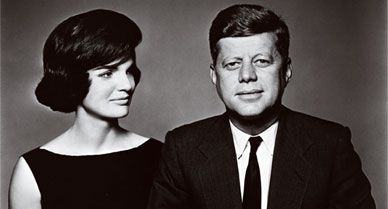
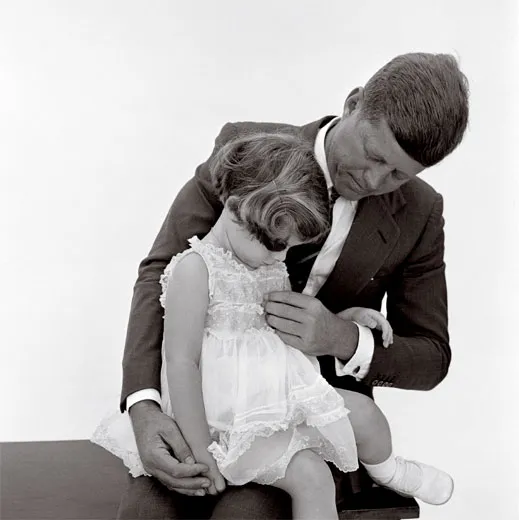
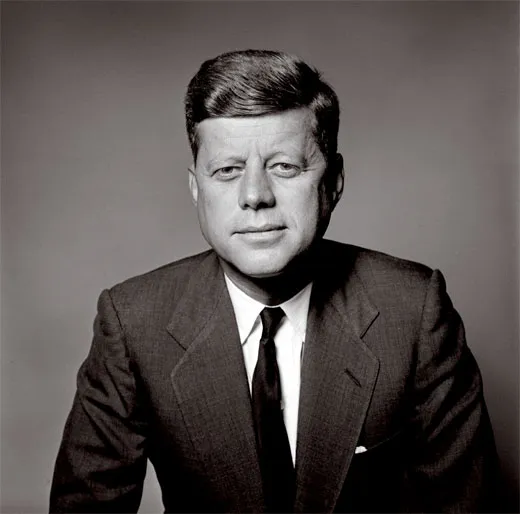
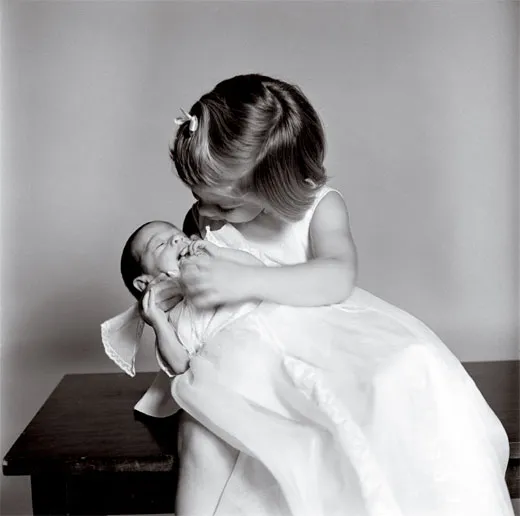
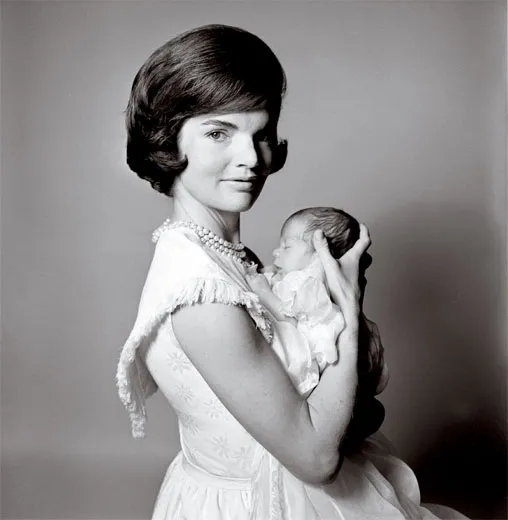
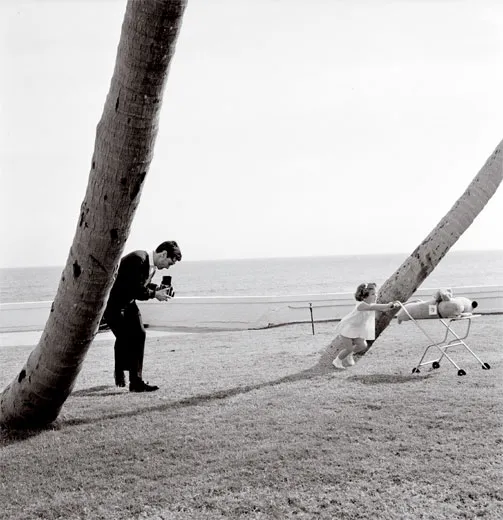
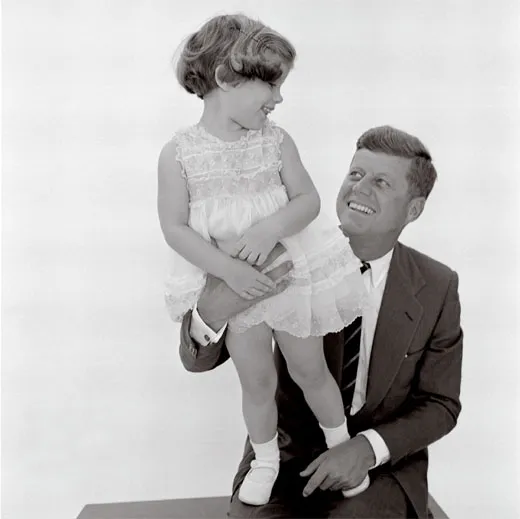
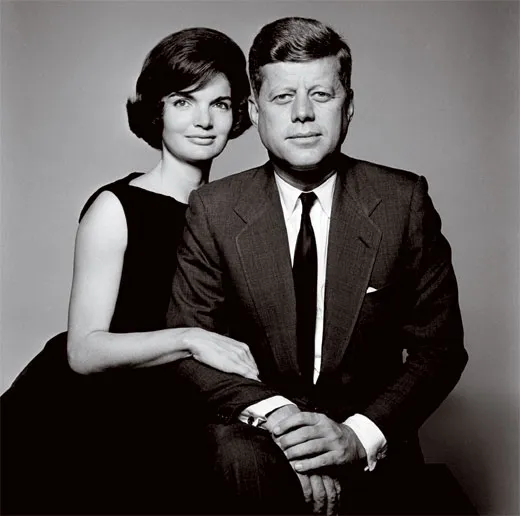
/https://tf-cmsv2-smithsonianmag-media.s3.amazonaws.com/accounts/headshot/eric-jaffe-240.jpg)